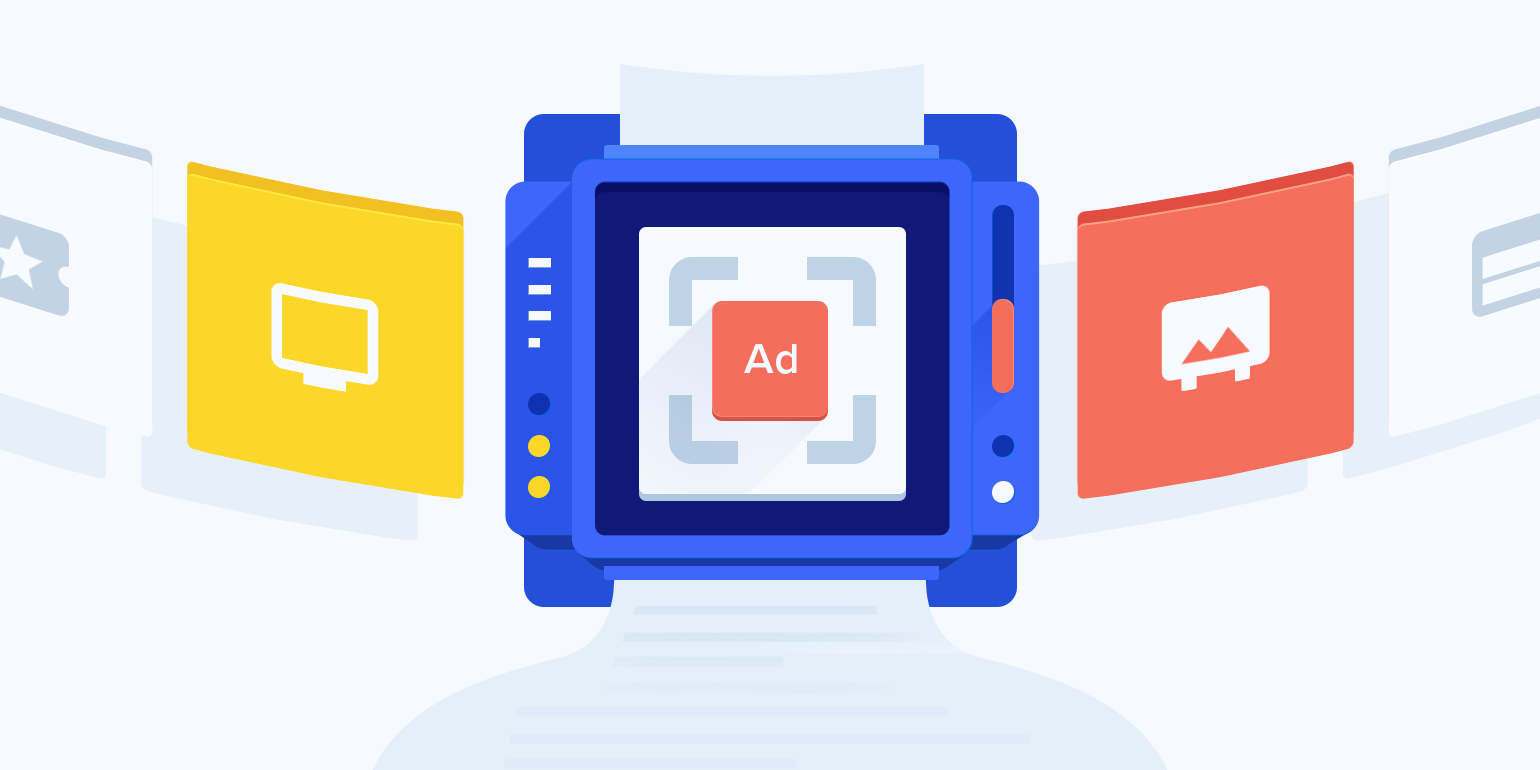by Ana Bedoya and Jhori Remington
Paid social algorithms will artificially lower your costs if your ads provide a positive user experience. In other words, an ad that doesn’t look or feel like an ad.
The result of increased engagement? Lower ad costs across the board.
According to the Nielsen Consumer Trust Index, 92% of consumers trust organic, user-generated content more than they trust other forms.
Over 70% of consumers say they look at product reviews before making a purchase.
Background: 4 Creative Archetypes
1. Original Brand Designs
Often beloved by brand owners themselves, but usually not the best choice for performance marketing. The key is setting aside your own biases, and playing to the content that works contextually to the platform it's running on.
2. UGC
Connecting great products with persuasive faces. It’s a lot easier to picture yourself using a potential product when you can actually.. see someone using that product in the first place. Consumers are catching on to fabricated UGC, and it’s not as plug-and-play as it used to be. Innovate with your video scripts, and work with influencers who are great on camera.
3. Infomercial
High production value doesn't always equal high returns or low cost per acquisition. But that doesn’t mean this style of creative isn’t worth testing. Specifically for brands that have a high perceived value, such as luxury and apparel - infomercial style videos can work wonders for front-end acquisition.
4. Instant Experience
The newcomer to the table. Much like glorified advertorials built directly inside the Facebook machine. Meta’s goal with creating this ad type is to keep users on Facebook as long as possible. The reward is reduced ad costs and a higher trust factor from potential buyers.

The Hack: Building Your UGC System
1. Placements
It’s not enough to just upload a good video, make sure it fits the correct placement on the platform we’re running it on. That means 9:16 aspect ratio (vertical) for stories and 4:5 (rectangle) for feeds. This maximizes screen real estate and ensures you have the best possible chance to succeed in the auction. Keep in mind to not submit raw footage in low resolution - Facebook will give you a penalty for doing so.
2. Incentives
If you’re able to find a great creator for your brand, incentivize them to keep doing what they do. They’re likely working with other brands similar to yours, and you want to make sure that you remain a top priority to them. Money will help, such as a higher base or performance bonus for ads that perform, but you should also refer your A player's new business.
3. Editing
If you have a winning ad it’s time to go to work, cutting and mixing different variables for maximum efficiency. You can play around with color, background music, the hook, text overlays, and more. You should have a clear formula you go through to make this process seamless with your editing team.
4. Optimizations
Having a good media buying strategy is an important and often overlooked component of performance creative. Knowing when to cut, switch, or kill an ad should depend on a handful of KPIs unique to your brand, this is something that is learned over time.
